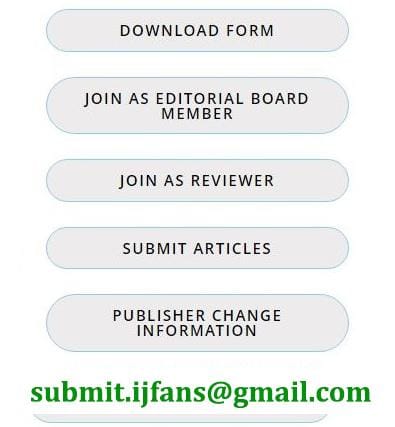
-
Investigation of Different Tea spent Waste Variants (Green Tea, Tea Dust, and Tea Granules) on the Growth and Biomass Production of Fenugreek (Trigonella foenum-graecum) for Sustainable Agriculture
Volume 14 | Issue 5
-
FORMULATION AND EVALUATION OF AN ALOE-BASED HERBAL HAIR SERUM FOR SCALP NOURISHMENT
Volume 14 | Issue 5
-
CONSUMPTION PATTERN OF ORGANIC FOOD AMONG WOMEN CONSUMERS OF PATNA SADAR
Volume 14 | Issue 5
-
Artificial intelligence in gynecologic and obstetric emergencies
Volume 14 | Issue 5
-
A NARRATIVE REVIEW ON USE OF HOMOEOPATHIC SIMILIMUM IN INATTENTIVE TYPE OF ATTENTION DEFICIT HYPERACTIVITY DISORDER.
Volume 14 | Issue 5
A NARRATIVE REVIEW ON USE OF HOMOEOPATHIC SIMILIMUM IN INATTENTIVE TYPE OF ATTENTION DEFICIT HYPERACTIVITY DISORDER.
Main Article Content
Abstract
Background: Attention deficit Hyperactivity Disorder (ADHD) is one of the most common neuropsychiatric condition in children. Around 9.8% of children and adolescence population from 03 – 17 years of age receives the diagnosis of ADHD. With the progress of this illness, many children are at risk of developing other behavioural problems during adolescence like early substance abuse, unsafe sex, conduct disorder, antisocial behaviour, etc., Conventional medication has its related drug effects on prolonged use with limited change. Although behavioural therapies help the child in different aspects, it compels the need of complementary therapies. Homoeopathy the second best-considered system of medicine provides multiple openings in treating such conditions with potentized minute drug substances. Methods: An Integrative Research has been carried out to derive a short review of the ADHD literature through various studies conducted and collection of literature in homoeopathic sources. On converting the disease symptoms into reportorial language (rubrics) derived group of most indicated homoeopathic remedies which help children presenting with only disease symptoms and in cases facing uncertainty in arriving totality or individualisation. Integrating such ADHD inattentive symptoms with RADAR 10 homoeopathic software a group of characteristic similimum were derived. The top ten predominantly indicated medicines received after repertorisation were discussed with characteristic drug pictures. Results: The most appropriate remedies for the inattentive type of ADHD derived after repertorisation using RADAR Homoeopathic Software were Phosphorus, Nux. Vomica, Alumina, Helleborus, Silicea, Anacardium, Lycopodium, Nat. Carb, Sulphur, Baryta. Carb, etc., the review also presented a key constitutional picture of the indicated remedies. Conclusion: Homoeopathic medicines can be prescribed for positive results to children with ADHD, supported by its literature background and also suitable for cases reporting only with disease symptoms of ADHD &cases where arriving totality or individuality is unconvinced.

